Activities
-
Volunteer Diary At Our Website

As part of the Volunteer Programme you may be asked to write a diary account of your week at Amakhala which will be publish on our website. This will show other interested travellers and potential volunteers just how involved and how diverse the work at the volunteer project can be, but most of all how much fun and experience you are having in the African Bush.
-
Xhosa Bush Tour
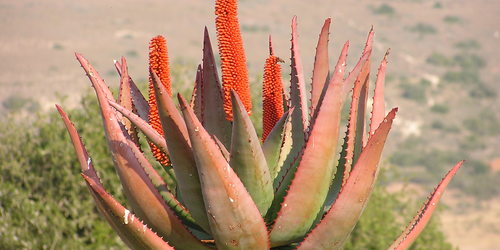
This is a great way to learn more about the Xhosa culture.
-
Navigation and Compass Orientation

Learn how to navigate your way around the outdoors.
-
Boating
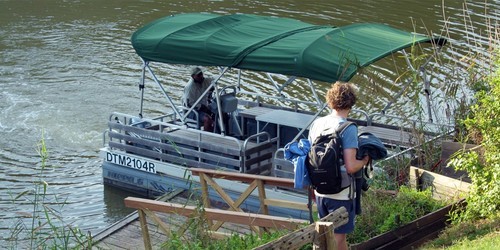
Volunteers may have the opportunity to cruise along the Bushmans River in a boat, which forms part of the day safaris at Amakhala. Overhanging forest and luxuriant vegetation grace the embankments, which provide an abundance of habitats to a variety of frogs, reptiles, birds and mammal species.
-
Fishing
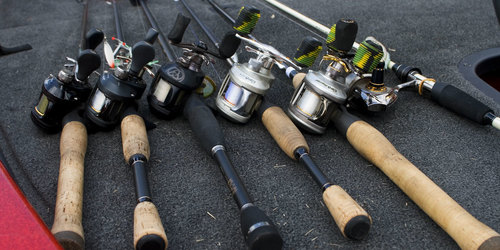
Often volunteers are called upon to catch fish for population and species diversity calculations.
-
Canoeing
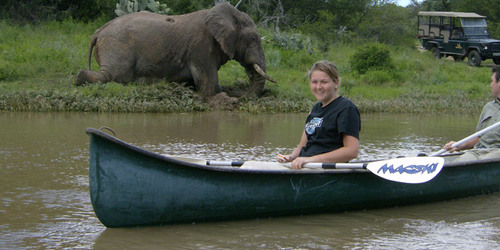
An exciting way of seeing the wildlife all around the reserve.
-
Bush Camping
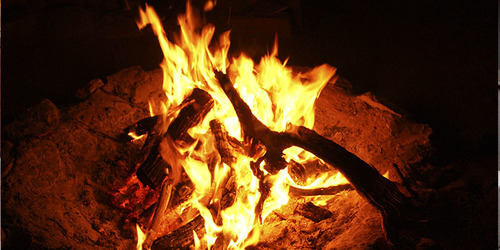
Camping on Amakhala is an experience in itself
-
Darting And Relocations
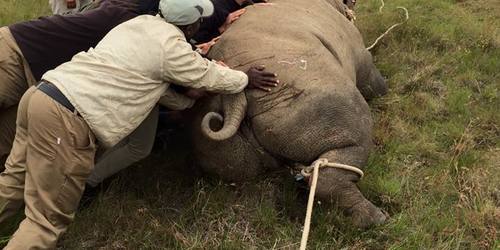
Amakhala is a fully operations reserve, therefore there may be occasions where you are required to assist with work involving both the vet and the ecologist. Please note that darting and relocations only occur if it is necessary to do so or called upon by the vet.
-
4 star Lodge Experience
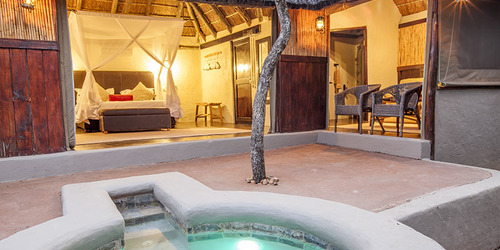
Volunteers are treated to a 4-star guest experience at the Safari Lodge.
-
Herbivore Monitoring

Giraffe, Elephant, Rhino and Buffalo are the main considerations for large herbivore monitoring as well as Blesbok, Impala, Springbok, Red hartebeest, Wildebeest and Duiker for small herbivore monitoring.
-
Predator Monitoring

Telemetry on the lions and cheetah are used in tracking their territorial ranges. This information is used by the Conservation Centre to make management decisions regarding the predators.
-
Wetland And Watering Hole Management

Watering holes are the heart and soul of an ecosystem providing life for all wildlife. This project ascertains that man-made wetlands and watering holes providing an essential source of water to a water deficient landscape is a stable self-supporting ecosystem.
-
Alien Plant Control

All species of alien plants should be removed, for the following reasons: They often out-compete indigenous flora, thereby forming impenetrable thickets reducing available fodder to grazers and browsers. In addition to this impact on the environment, their presence in the area is unnatural and often not aesthetically pleasing.
-
General Reserve Maintenance
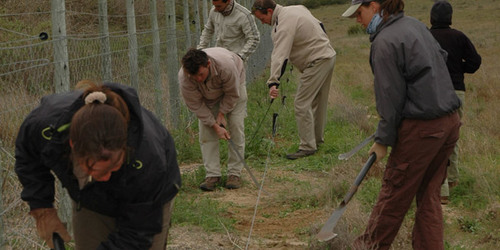
General reserve maintenance is ongoing projects, which assist reserve management. They may include: fence patrols checking for snares or faults, filling holes created by aardvark or porcupines, brush-packing closed roads, seeding eroded areas, searching for permanent water sites, clearing old fences and alien vegetation control.
-
Erosion Control

South Africa loses 40 to 60 tons of topsoil per hectare of land per year due to erosion. This amounts to 500 million tons of topsoil per annum. Erosion occurs naturally due to wind, water, and drought. It can also be caused due to poor farming management – ploughing incorrectly and overgrazing.
-
Plant Monitoring
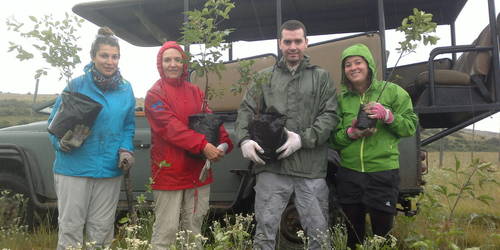
The number of species within an ecosystem is an important characteristic of a community
On Site
Community Support
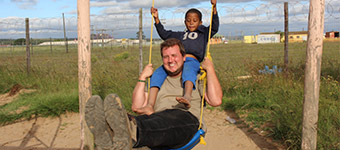
Our mission is to contribute to the building of strong communities, families and individuals within the rural and conservation context where Amakhala Game Reserve is located.
For More Information Click Here

